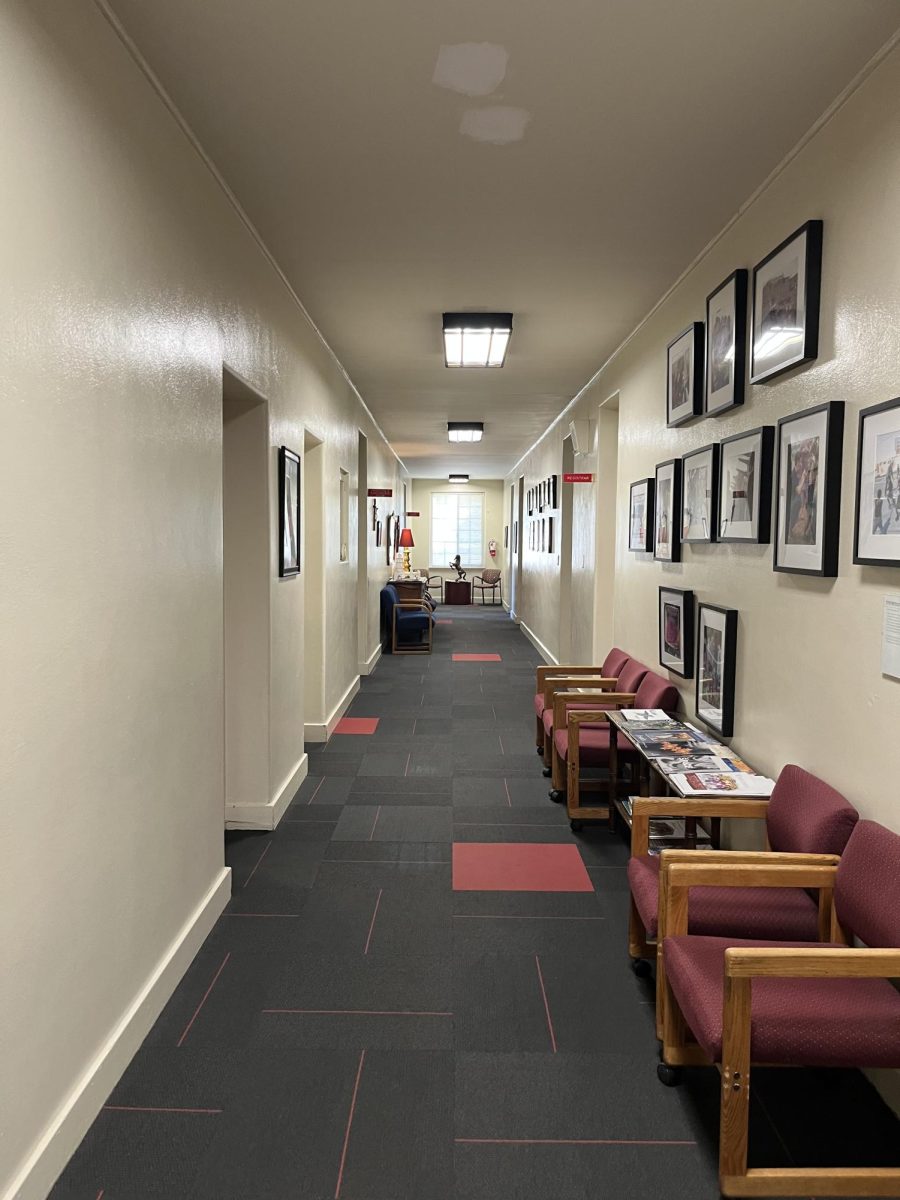By Michael Ahearne ’14
THE ROUNDUP
From red and blue glasses to high tech TVs, 3D entertainment is all around us.
We can now play videogames, watch movies and see our favorite sports stars all in the third dimension.
It is evident that a 3D revolution is on the horizon.
3D movies are especially popular, with more than 25 3D movies out at the moment in movie theaters. In-home 3D technology has also hit the market, with TVs available in 3D. This allows viewers to watch their favorite channels, such as ESPN, almost in real life.
3D has also infiltrated the gaming industries, with Sony and Microsoft offering certain games to be playable in the third dimension.
Also, Nintendo has released its first 3D console, the 3D DS, allowing users to play 3D games without having to wear glasses.
3D phones have also come about. Some not only allow you to see your screen in 3D, but also allows you to capture movies and take pictures in 3D.
According to 3D-HDTV.US, 3D technology dates back to around the 19th century, when British film maker William Friese-Greene patented his 3D movie-viewing process. His patent used a stereoscope, or a viewer that made two separate films at right angles to each other, to make a third dimension appearance.
Then in 1915, Edwin S. Porter and William E. Waddell demonstrated that it was possible to carry out 3D stereo film recordings using two films.
But, it wasn’t until stereovision, or stereoscopy, was created in 1970 that modern 3D was born. With this, it was now possible to produce perfect synchronization. This was done by simultaneous recording images using two cameras facing each other and filming at 90 degrees using mirrors.
Currently, film makers are interested in producing not only 3D, but high-definition and digital images. The future depends on if we can convert existing 2D images into 3D presentations.











